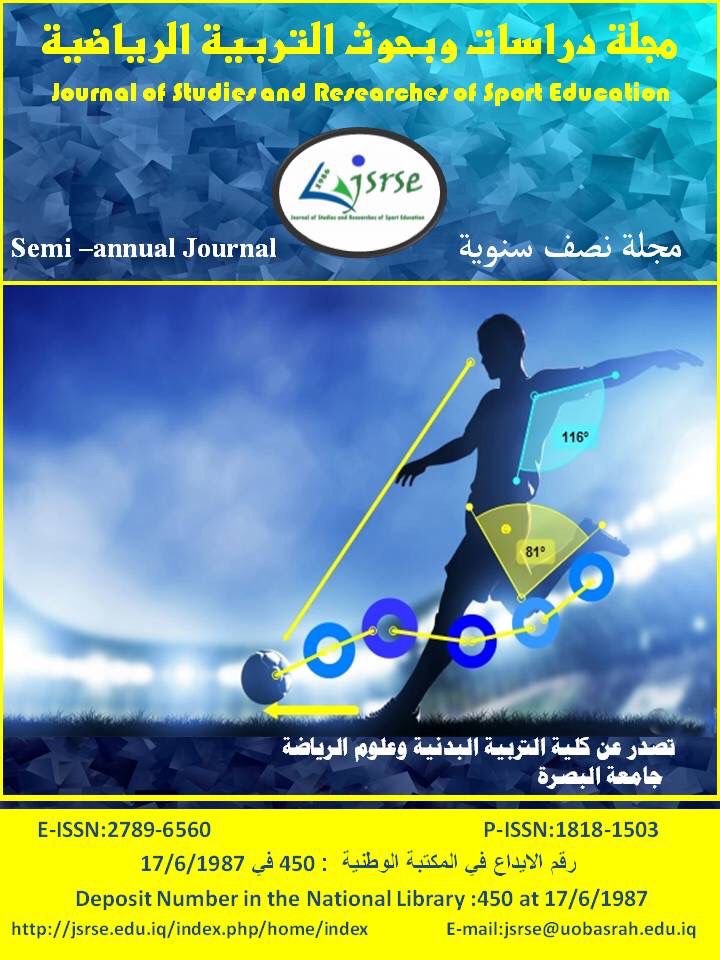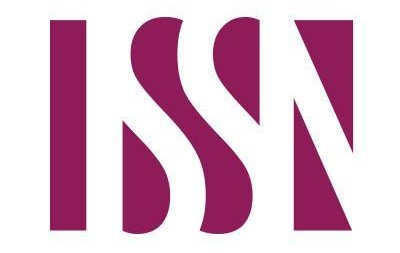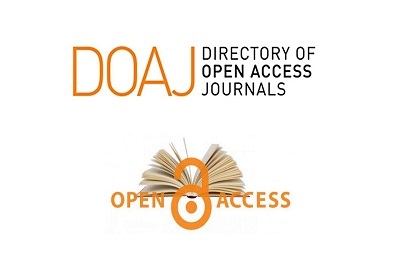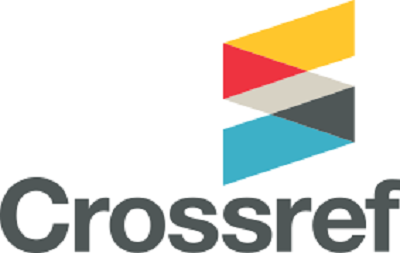The Effect of a Proposed Training Program (FIFA the 11) on Reducing Sports Injuries and Improving Some Physical Abilities of Football Players Aged (14) Years in Iraq
Main Article Content
Abstract
There is a dearth of evidence regarding the use of sports injury prevention programs, especially among junior footballers. The (FIFA the 11) Injury Prevention Program was developed by the FIFA Medical Research Center (F-MARC) to help reduce the risk of injury in football players aged (14) and over. The aim of this study is to identify the effect of using (FIFA the 11) program exercises to reduce sports injuries and improve some of the physical and skill abilities of football players aged (14) years. The study sample consisted of (37) players who were divided into two groups, experimental (18) players and control (19) players, from soccer team in (Amo Baba) Football School, Age 14.1 (1.3) years; Length 1.34 (.09) cm; BMI 34.8 (3.6) kg. The experimental group applied the training program for a period of (12) weeks, and for (5) days per week, while the control group applied the normal training. Both groups (experimental EXP) and (control CON) performed the tests: the SARGEN JUMP test; PRONE HOLD test; STANDING LONG JUMP test; AGILITY test; (20m) RUNNING SPEED test. The most important results of the research indicated that the training program affected all study variables with statistical significance at the level (P < 0.05), as the incidence rates of injury per 1000 hours (training and playing) are (1.52%) in the experimental group and (5.34%) in the group. The control group, which is equivalent to about (3.82%) of the injuries less in the experimental group. The incidence of injuries (light and medium) in the experimental group was (4), while it was (15) in the control group. The value of the vertical jump test was (7.2%EXP) and (-1.09% CON), respectively, with a significant level of (0.008). The value of prone hold test was (58.7% EXP) and (11.4% CON) and the explosive strength test for the legs was (4.59% EXP) and (0.7% CON), respectively with a level of significance (0.004), as well as the agility test (-5.1% EXP), and (0.8% CON) respectively with a significant level of significance (0.006), and the (20m) test the maximum speed (-4.6% EXP), and (2.1% CON) respectively with a significant level of significance (0.002). The most important, effects of exercises on ligaments, tendons, and maximum speed. Therefore, we recommend inclusion of such programs in the training of young football players.
Article Details

This work is licensed under a Creative Commons Attribution-NonCommercial 4.0 International License.
References
AbdelFattah, A. E. A. (1994). Training Physiology in Football 650 training for physiological and motor efficiency and physical preparation of the soccer player. Dar Al-Fikr Al-Arabi for printing and publishing.
Abu Abdo, H. A.-S. (2011). Physical preparation of soccer players. Bahi for publishing and distribution.
Ahmed, F. (2022). The effect of a program of rehabilitative balance exercises on the ankle sprain injury of the lateral and medial ligament of young soccer players at Al-Nasiriyah Sports Club. Journal of Physical Education Sciences, 5(4).
bin Um Hani, W., Mohammadi, M., & Sharifi, S. (2021). The effect of training units suggested by the elongation-stretching method Muscular strength on the flexibility of football players. http://dspace.univ-msila.dz:8080//xmlui/handle/123456789/25035
Chandy, T. A., & Grana, W. A. (1985). SECONDARY SCHOOL ATHLETIC INJURY IN BOYS AND GIRLS. Journal of Pediatric Orthopaedics, 5(5), 629. https://doi.org/10.1097/01241398-198509000-00152
dakhil, rabie laftatan, AbdulReda, A. A., & Khion, Z. N. (2022). A Study of the Reality of Rehabilitation of Sports Injuries for Players of the Iraqi Premier League Clubs in Football. Journal of Studies and Researches of Sport Education. https://www.iasj.net/iasj/article/240137
Daneshjoo, A., Mokhtar, A. H., Rahnama, N., & Yusof, A. (2012). The Effects of Injury Preventive Warm-Up Programs on Knee Strength Ratio in Young Male Professional Soccer Players. PLoS ONE, 7(12), e50979. https://doi.org/10.1371/journal.pone.0050979
del Vecchio, A., Negro, F., Falla, D., Bazzucchi, I., Farina, D., & Felici, F. (2018). Higher muscle fiber conduction velocity and early rate of torque development in chronically strength-trained individuals. Journal of Applied Physiology, 125(4), 1218–1226. https://doi.org/10.1152/japplphysiol.00025.2018
Eissa, H. (2020). The effect of a mini-training program of semi-sports on the development of some physical attributes of “transition speed and agility” for U13 football players. http://dspace.univ-msila.dz:8080//xmlui/handle/123456789/22583
Emery, C. A., Meeuwisse, W. H., & Hartmann, S. E. (2005). Evaluation of Risk Factors for Injury in Adolescent Soccer. The American Journal of Sports Medicine, 33(12), 1882–1891. https://doi.org/10.1177/0363546505279576
Fadhil Farhan, A., Justine, M., & Kamil Mahammed, S. (2013). Effect of training program on physical performance in junior male Malaysian soccer players. Journal of Physical Education and Sport, 13(2), 238–243. https://doi.org/10.7752/jpes.2013.02039
Farhan, A. F., J. Stephany, M., & K. Mahammed, S. (2017). Prevention of Soccer-Related Ankle Injuries in Youth Amateur Players: A Randomized Controlled Trial. Movement, Health & Exercise, 6(1). https://doi.org/10.15282/mohe.v6i1.83
Frank, J. B., Jarit, G. J., Bravman, J. T., & Rosen, J. E. (2007). Lower Extremity Injuries in the Skeletally Immature Athlete. Journal of the American Academy of Orthopaedic Surgeons, 15(6), 356–366. https://doi.org/10.5435/00124635-200706000-00005
Heidt, R. S., Sweeterman, L. M., Carlonas, R. L., Traub, J. A., & Tekulve, F. X. (2000). Avoidance of Soccer Injuries with Preseason Conditioning. The American Journal of Sports Medicine, 28(5), 659–662. https://doi.org/10.1177/03635465000280050601
Hewett, T. E., Lindenfeld, T. N., Riccobene, J. v., & Noyes, F. R. (1999). The Effect of Neuromuscular Training on the Incidence of Knee Injury in Female Athletes. The American Journal of Sports Medicine, 27(6), 699–706. https://doi.org/10.1177/03635465990270060301
Khayari, H. T. A.-D., Meziane, A. R., & Sadooq, H. (2019). The effect of a proposed training program with integrated training on the development of transitional speed, agility, and some offensive skills for male soccer players under 15 years of age.
Kilding, A. E., Tunstall, H., & Kuzmic, D. (2008). Suitability of FIFA’s “The 11” training programme for young football players-impact on physical performance. Journal of Sports Science and Medicine, 7, 320–326. http://www.jssm.org
Longo, U. G., Loppini, M., Cavagnino, R., Maffulli, N., & Denaro, V. (2012). Musculoskeletal problems in soccer players: current concepts. Clinical Cases in Mineral and Bone Metabolism, 9(2), 107–111.
MacKay, M., Scanlan, A., Olsen, L., Reid, D., Clark, M., McKim, K., & Raina, P. (2004). Looking for the evidence: a systematic review of prevention strategies addressing sport and recreational injury among children and youth. Journal of Science and Medicine in Sport, 7(1), 58–73. https://doi.org/10.1016/S1440-2440(04)80045-8
Mahmoud, M. A. (2011). Football tests and tactics. Dar Degla.
Mandelbaum, B. R., Silvers, H. J., Watanabe, D. S., Knarr, J. F., Thomas, S. D., Griffin, L. Y., Kirkendall, D. T., & Garrett, W. (2005). Effectiveness of a Neuromuscular and Proprioceptive Training Program in Preventing Anterior Cruciate Ligament Injuries in Female Athletes. The American Journal of Sports Medicine, 33(7), 1003–1010. https://doi.org/10.1177/0363546504272261
Marques, M. C., Pereira, A., Reis, I. G., & Tillaar, R. van den. (2013). Does an in-Season 6-Week Combined Sprint and Jump Training Program Improve Strength-Speed Abilities and Kicking Performance in Young Soccer Players? Journal of Human Kinetics, 39(1), 157–166. https://doi.org/10.2478/hukin-2013-0078
McGuine, T. A., & Keene, J. S. (2006). The Effect of a Balance Training Program on the Risk of Ankle Sprains in High School Athletes. The American Journal of Sports Medicine, 34(7), 1103–1111. https://doi.org/10.1177/0363546505284191
Myklebust, G., Engebretsen, L., Brækken, I. H., Skjølberg, A., Olsen, O.-E., & Bahr, R. (2003). Prevention of Anterior Cruciate Ligament Injuries in Female Team Handball Players: A Prospective Intervention Study Over Three Seasons. Clinical Journal of Sport Medicine, 13(2), 71–78. https://doi.org/10.1097/00042752-200303000-00002
Shamus, E., & Shamus, J. (2001). Sports injury prevention and rehabilitation. McGraw-Hill Companies.
Sweidan, A. A. (2019). The Effectiveness of an Injury-Prevention Program in Reducing the Incidence of Injuries in Soccer Females and Improving some Physical Abilities & Skills. DRASSA Journal of Development and Research for Sport Science Activities, 4(2), 174–207. https://doi.org/10.31377/jdrssa.v4i2.565
Tawfiq, F. A. H. (2004). The chemistry of muscular injury and physical exertion for athletes, Encyclopedia of Sport Biology. Dar Al-Wafaa.
Yde, J., & Nielsen, A. B. (1990). Sports injuries in adolescents’ ball games: soccer, handball and basketball. British Journal of Sports Medicine, 24(1), 51–54. https://doi.org/10.1136/bjsm.24.1.51





 IASJ
IASJ CC-BY-4.0
CC-BY-4.0 turnitin
turnitin ISSN
ISSN DOAJ
DOAJ Crossref
Crossref GoogleScholar
GoogleScholar Orcid
Orcid